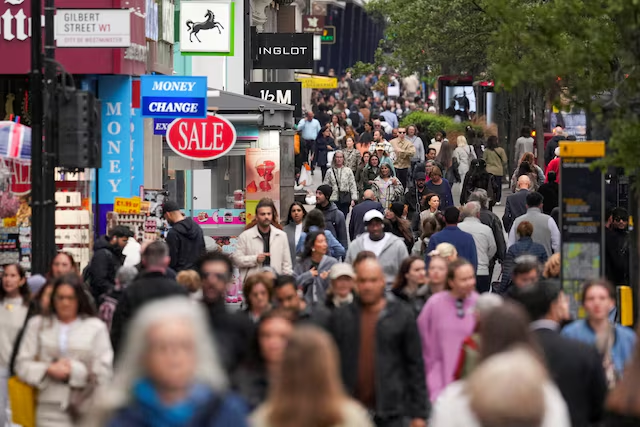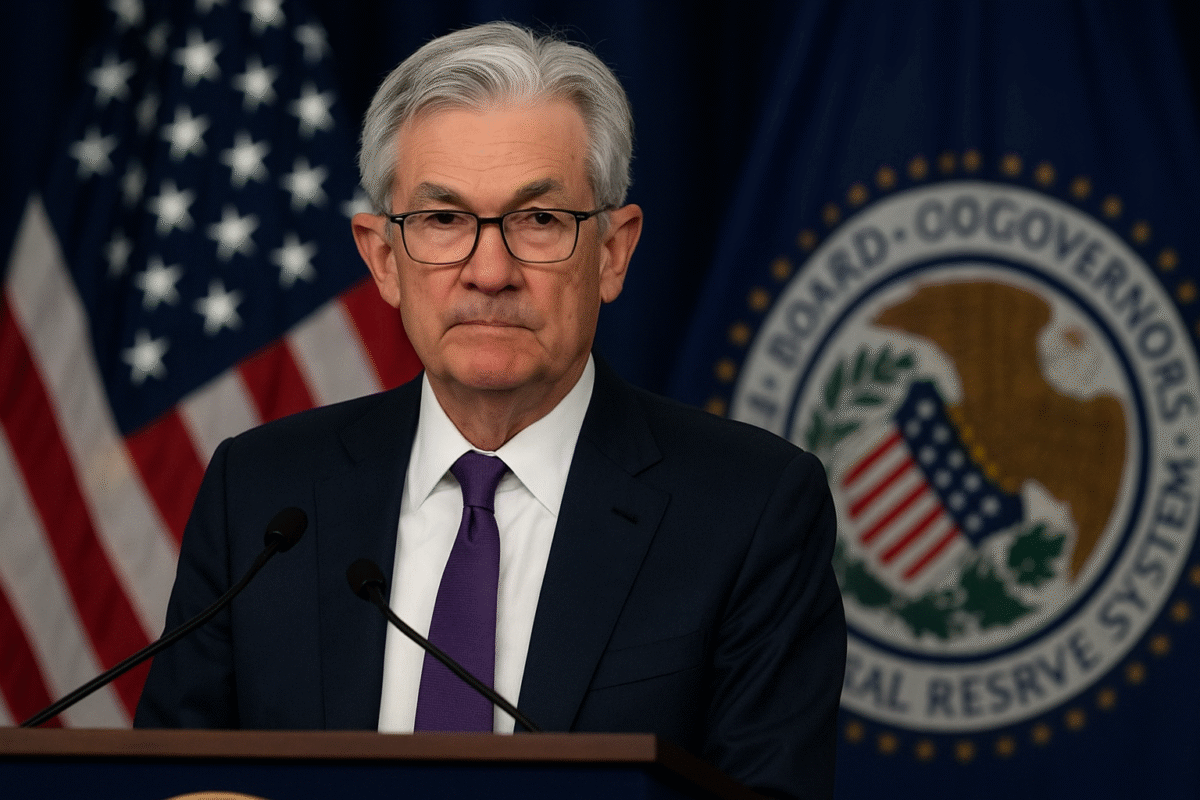What Bank of England’s interest rate cut means for mortgages and savings
- Top Stories
crispng
- August 7, 2025
- 261

Could Retirement Age Hit 80? Experts Warn UK Pension System May Be Unsustainable by 2070s
In a closely watched move, the Bank of England has lowered the base interest rate from 4.25% to 4%—marking the fifth rate cut over the past 12 months. This brings the rate back to the level last seen in March 2023. But what does this decision mean for everyday borrowers and savers across the UK?
Impact on Mortgage Holders
If you’re one of the many UK homeowners with a mortgage, whether you’ll benefit from this cut depends largely on your loan type.
Fixed-rate mortgage holders—who make up the majority (around 85%) of the 8.4 million residential borrowers—will not see any change in monthly payments. These deals are locked in and unaffected by the base rate movements.
However, those on tracker mortgages—roughly 590,000 households—will notice an immediate reduction in payments. Since these loans directly follow the Bank’s base rate, UK Finance estimates an average monthly saving of just under £29 for a typical tracker borrower with £140,000 remaining on their loan.
For around 540,000 borrowers on standard variable rate (SVR) mortgages, the outcome is less certain. While many lenders do tend to mirror base rate changes, they’re not obligated to do so. Should lenders pass on the full cut, borrowers could save about £13.87 per month on average.
Looking ahead, roughly 900,000 fixed-rate deals will expire in the latter half of 2025, leaving many to face higher repayments compared to their old ultra-low-rate deals—though the recent trend of falling mortgage rates may soften the blow.
Savings: Good News or Disappointment?
Savings account holders are likely to feel the pinch from this rate cut, particularly those with easy-access or variable-rate accounts. While savings interest isn’t directly linked to the base rate, banks often adjust rates accordingly.
As of Thursday morning, the average easy-access savings rate was 2.67%, though best-buy accounts—such as those from Chase and Chip—offered as much as 5% to 5.1%, thanks to bonus incentives.
Fixed-rate savings bonds, which require you to lock your money away for a set period, remain the most rewarding option. The average one-year bond was offering around 3.99%, while top deals from banks like Vanquis and Union Bank of India (UK) came in at 4.44% and 4.47% respectively.
Are New Mortgage Deals Getting Better?
There has been a noticeable decline in the cost of new fixed-rate mortgage deals over recent weeks. According to Moneyfacts, the average five-year fix now stands at 5.01%, and the two-year fix at 5%—a reversal from earlier this year when shorter-term deals were more expensive.
Interestingly, this shift signals a return to pre-crisis norms, where locking in for longer usually meant paying more. Now, some lenders—including Santander and NatWest—are offering sub-4% deals for borrowers with large deposits, with some rates as low as 3.73%.
For those coming off sub-2% mortgage deals, the jump in payments is still significant, but analysts like Nicholas Mendes from John Charcol suggest the shock isn’t as severe as it was a year ago.
Tracker or Fixed: Which Is Better Right Now?
Market expectations around further rate cuts have changed in light of the Bank of England’s narrow 5–4 vote. While another quarter-point reduction is still anticipated—most likely by early 2026—uncertainty about the pace of cuts has made choosing a mortgage product more complex.
Trackers offer the potential to benefit from future rate drops, but fixed-rate mortgages are currently priced competitively, offering greater stability. Mendes points out that “two- and five-year fixed deals are now priced very closely together,” and choosing between them depends more on individual circumstances than trying to outguess the market.
Bottom Line:
If you’re on a tracker mortgage, you’ll see some immediate relief. Fixed-rate borrowers remain unchanged for now, while savers may want to shop around to find top-paying accounts before rates decline further. As for new borrowers, now might be a good time to review options carefully—balancing flexibility with the peace of mind a fixed rate offers.




